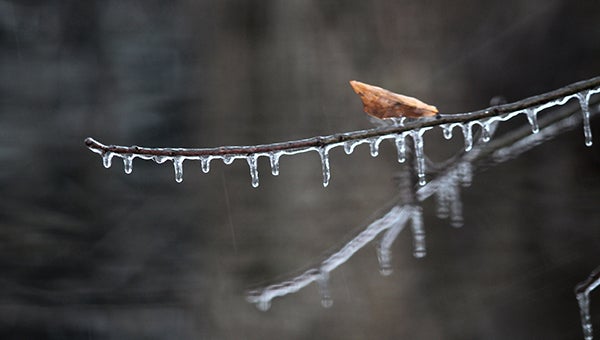For what it is, guano is far more valuable than you would think
Published 6:17 pm Friday, December 13, 2019
A favorite possession I regretfully misplaced along the way was an 1882 copy of Planters Journal magazine which was produced back when the national association of cotton farmers was headquartered in Vicksburg.
Among the advertisements in my issue was one selling guano shipped from South America through New Orleans and up the river to plantations and farms growing cotton, corn or any other crop needing fertilizer. This was well before nitrogen fertilizer was inexpensively made by combining air with hydrogen from natural gas or coal exhausts under pressure.
The word guano is derived from a language of the Inca people and it basically means manure, but specifically the feces of bats or seabirds. The best guess is people in different parts of the world have used guano as crop fertilizer for a few thousand years.
In the heyday of commercial guano fertilizer, it was always found in huge quantities because the bird and bat species producing it lived in large isolated colonies, the birds on rocky islands and the bats in caves. The country of Peru was the source of most guano shipped to farms in the United States.
Once commercialized, hand digging and handloading and moving guano gave way to explosives and moving via carts on rails to shipping points. Affected bat colonies abandoned their caves and seabird colonies either dwindled or left their rocks for new areas. Thus the guano supply was not sustained at original mining sites. But as with a lot of original harvest of natural resources, it was profitable for a few for the time being.
Guano mining led to wars, poor working conditions and slavery in some cases.
Some of the long coastlines of modern Chile came about after that country invaded Peru to get to more guano.
It has been said guano was responsible for the first instance of “imperialism” by the United States when Congress passed a law in 1856 granting any U.S. citizen exclusive rights to guano deposits found on unclaimed Caribbean islands. To this day, the U.S. and Haiti dispute the ownership of Navarra Island because of that U.S. Guano Island Act.
With increased interest among small acreage farmers worldwide to grow crops with organic inputs, guano has made a minor comeback. The government of Peru now strictly regulates guano harvest to ensure their seabird populations are protected.
All guano digging and hauling from islands is done by manual labor. There is no guano harvest during the birds’ reproductive season.
Islands are on a rotation whereby each one has no guano harvested for a year. Observers on site determine if bird colonies appear disturbed by ongoing guano digging.
Guano does have a higher level of nitrogen fertilizer that most harvestable animal manures. That’s because bats eat insects and seabirds feed on marine life, i.e. high protein diets.
It varies, but a typical guano nitrogen level is about 13 percent. Comparatively, dry cattle manure runs around two to three percent nitrogen but undiluted manmade fertilizer is 16 to 45 percent nitrogen.
Terry Rector writes for the Warren County Soil and Water Conservation District.





